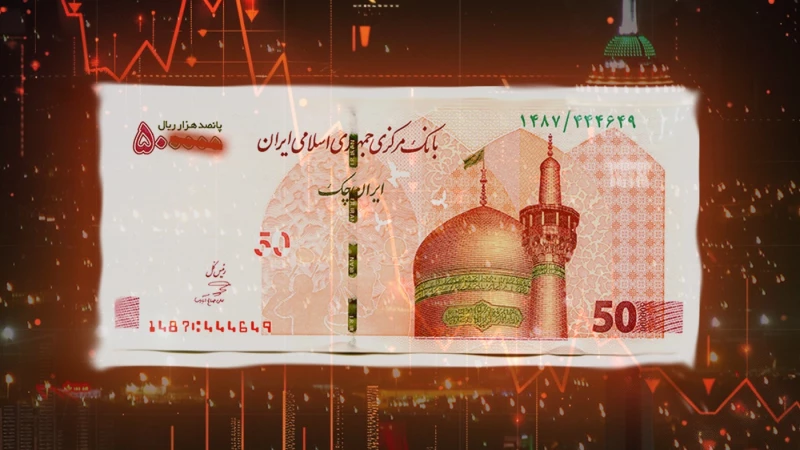The New Region, Iran - After becoming a mother of two children before the age of 18, she attempted suicide several times, seeing it as the only way to get out of the torment of her abusive husband, until she met a few women’s rights lawyers that helped her out of her hellish life.
Despite recent nationwide women-led protests in the country, Iran remains a hostile land for women who want to live their life freely, speaking under the pseudonym of Tara Qaimi* due to her fear for her life, the 22 year old from Sanandaj told The New Region of her struggles living as an Iranian woman.
At a very young age, Qaimi’s life has been extremely eventful, and not in a good way. However, after years of torment, she is now strolling the streets without the shadow of her hijab and has resumed studying.
“I was a smart student, but my family forced me into marriage with a relative of ours at the age of 13, and my in-laws were extremely abusive,” Qaimi said with a heavy heart. “By 15, I had my first child, which caused me physical and mental problems and I attempted suicide multiple times.
Even after several women-led movements across the country and the Iranian women’s long running plight for equal rights, the circumstances remain dire for women in Iran who are struggling to reach their potential due to the imposed Islamic Sharia law in the country that bars them from divorce rights, custody rights, and paves the way for honor killing and domestic abuse.
Following the Jin, Jiyan, Azadi (Women, Life, Freedom) protest movement in Fall of 2022, which led many women’s right activists into facing arrest and threats, women across Iran’s major cities are now more insistent on removing the country’s mandatory hijab rule, walking around the streets with their headscarfs removed and standing against the law passed by the Iranian parliament to punish women who do not abide by the hijab rule.
For many like Qaimi, the events of 2022 were an eye opening series of events.
“I thought that my fate was to live a bad life, but after the Jin, Jiyan, Azadi movement and the bravery of those women on the streets, I changed my mind and decided to not remain quiet for the sake of my future,” she said.
“My family were disapproving at first and threatened me with beatings and even death if I were to separate from my husband, but after efforts and with the help of some women’s rights lawyers I succeeded,” she added.
Qaimi has now resumed her education and wants to pursue a degree in law, in hopes that she can defend women who struggle like she did.
Thousands across the country and the globe took to the streets following the death of Zhina (Mahsa) Amini in police custody after she was arrested by Tehran’s morality police for not properly wearing the hijab in Fall 2022.
The protests went on for months, during which over 600 people were killed and thousands were wounded and arrested by the regime’s security forces.
Female activists in Iran have for years fought for equal rights under a patriarchal theocracy, as a result, many have faced arrest and abuse, among them the 2023 Nobel Peace Prize laureate Narges Mohammadi, who is serving her sentence in Tehran’s prison for her activism.
Iranian women’s rights renaissance
Maryam Hosseini, a women’s rights activist who for years has been fighting for equal rights for women under the Iranian regime believes that women across Iran took a united stand against the regime’s patriarchal mindset.
“Even though there are still many laws against equality, after Zhina’s protests, we saw considerable change,” Hosseini told The New Region. “We saw women’s courage and eagerness to know their rights better than before, and we also saw society become more aware and obstacles against women being reduced.”
“Despite all pressure, women succeeded to gain liberty of their own clothing and many men in the country support them, abuse has dropped and the society sees these women as brave,” she said. “I believe this is a renaissance in the state of women in Iran, though we should not forget the dire circumstances that women still suffer from, such as honor killing, domestic abuse, and many more.”
Hosseini was among several other Iranian activists who submitted a draft amendment to the Iranian parliament seven years ago titled “Women’s security amendment”.
“The amendment entered the Iranian parliament seven years ago, some of them, such as women’s right to birth, assigning women judges for domestic cases, and barring underage marriage, were all included,” she said. “However, it is still to be approved and the chances of it being approved in the next parliament are slight.”
Despite attempts by rights seekers, women face constant abuse and violence across Iran. To date, women are killed in the name of honor in many areas of the country.
According to a report by Hengaw Organization for Human Rights, 122 Iranian women were killed in 2023, of which 39 were killed under the pretext of honor by their close ones.
Many of these femicides were conducted by family members such as husband, brother, father, or other close relatives.
*Names have been changed to protect their identity



 Facebook
Facebook
 LinkedIn
LinkedIn
 Telegram
Telegram
 X
X


